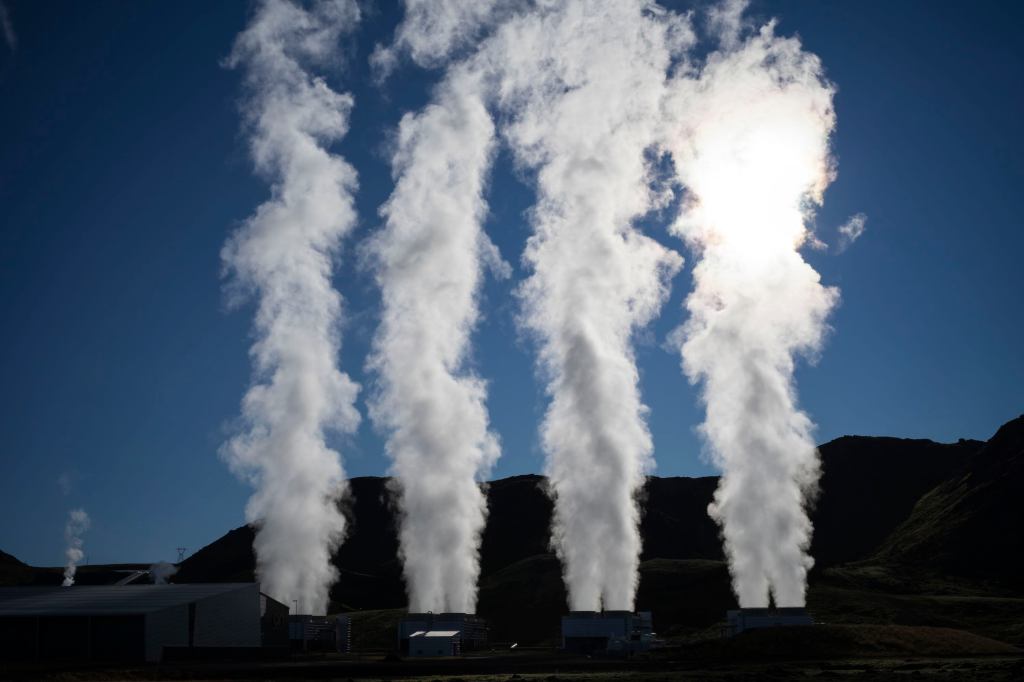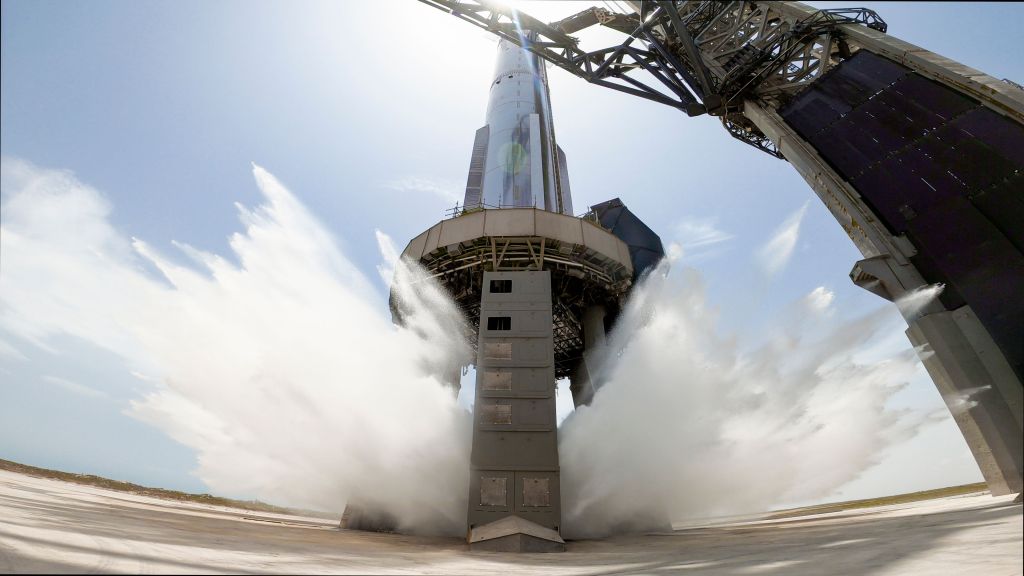In recent years, advanced geothermal energy has emerged as a promising solution to meet the growing demand for clean, reliable power. This shift has been bolstered by bipartisan support, even amidst political changes affecting other renewable energy sectors. As a result, geothermal startups are securing significant investments and forging strategic partnerships to expand their operations.
Fervo Energy’s Expansion in Utah
Houston-based Fervo Energy is at the forefront of this geothermal renaissance. The company has announced a partnership with Baker Hughes to design and deliver five steam turbines for the second phase of its Cape Station project in Utah. These turbines are expected to generate a combined 300 megawatts (MW) of electricity, sufficient to power approximately 180,000 homes continuously. This development follows Fervo’s successful completion of a 3.5 MW pilot plant in Nevada, which began supplying power to Google’s data centers in 2024. ([techcrunch.com](https://techcrunch.com/2025/04/15/google-bets-on-geothermal-to-power-data-centers-in-taiwan/?utm_source=openai))
Fervo’s innovative approach involves adapting directional drilling techniques from the oil and gas industry to access geothermal resources nearly 16,000 feet below the Earth’s surface, where temperatures remain around 520°F. This method enhances the efficiency and scalability of geothermal energy production. The expansion is supported by $206 million in financing secured in June, comprising $100 million in project-level preferred equity from Breakthrough Energy Catalyst, a $60 million increase to an existing loan from Mercuria, and $45.6 million in bridge debt financing from an X-Caliber Rural Capital affiliate. ([techcrunch.com](https://techcrunch.com/2025/06/11/fervo-energy-lands-206m-in-financing-to-build-massive-geothermal-power-plant/?utm_source=openai))
Sage Geosystems’ Collaboration with Ormat Technologies
Another notable development in the geothermal sector is the partnership between Sage Geosystems and Ormat Technologies. Sage’s Pressure Geothermal technology involves injecting water into fractured rock under pressure, allowing it to absorb heat. Upon returning to the surface, the system harnesses both the heat and pressure to generate electricity. This collaboration aims to deploy Sage’s technology at one of Ormat’s existing power plants, potentially leading to broader adoption of this innovative approach. ([techcrunch.com](https://techcrunch.com/2024/08/13/sage-geosystems-wants-to-solve-the-data-center-energy-crisis-by-storing-pressurized-water-deep-underground/?utm_source=openai))
Geothermal Energy’s Role in Powering Data Centers
The consistent and reliable nature of geothermal energy makes it particularly attractive for powering data centers, which require uninterrupted power supply. A recent analysis suggests that advanced geothermal technology could generate enough electricity to meet nearly two-thirds of new data center demand by 2030. In the western United States, where geothermal resources are abundant, this technology could potentially fulfill 100% of new data center energy needs. ([techcrunch.com](https://techcrunch.com/2025/03/11/geothermal-could-power-nearly-all-new-data-centers-through-2030/?utm_source=openai))
Quaise Energy’s Deep Drilling Technology
Quaise Energy is another startup making significant strides in the geothermal sector. The company is developing a novel drilling technology that combines traditional drilling methods with gyrotron-generated microwaves. This hybrid approach aims to vaporize hard basement rock, enabling drilling to unprecedented depths of up to 20 kilometers (12.4 miles). At these depths, temperatures can reach 500°C (932°F), providing a substantial and consistent heat source for energy production. Quaise has raised $13 million of an expected $25 million in its latest funding round to advance this technology. ([techcrunch.com](https://techcrunch.com/2023/12/12/quaise-fundraising/?utm_source=openai))
Bedrock Energy’s Focus on Urban Heating and Cooling
Bedrock Energy is targeting the heating and cooling needs of urban buildings through deep geothermal wells. By drilling boreholes between 1,000 to 2,000 feet deep, Bedrock can access stable underground temperatures ranging from 75°F to 85°F. This approach is particularly beneficial for skyscrapers and large commercial buildings, where space constraints make traditional geothermal systems less feasible. Bedrock has completed installations in Austin, Texas, and a resort in Utah, demonstrating the viability of its technology in diverse settings. ([techcrunch.com](https://techcrunch.com/2025/01/23/bedrock-energy-wants-geothermal-to-make-data-centers-cooler-and-offices-more-comfortable/?utm_source=openai))
The Future of Advanced Geothermal Energy
The advancements and investments in companies like Fervo Energy, Sage Geosystems, Quaise Energy, and Bedrock Energy underscore a growing recognition of geothermal energy’s potential. By leveraging innovative drilling techniques and forming strategic partnerships, these startups are paving the way for geothermal energy to become a significant component of the global renewable energy portfolio. As the demand for clean, reliable power continues to rise, particularly from sectors like data centers, advanced geothermal technologies offer a promising solution to meet these needs sustainably.



